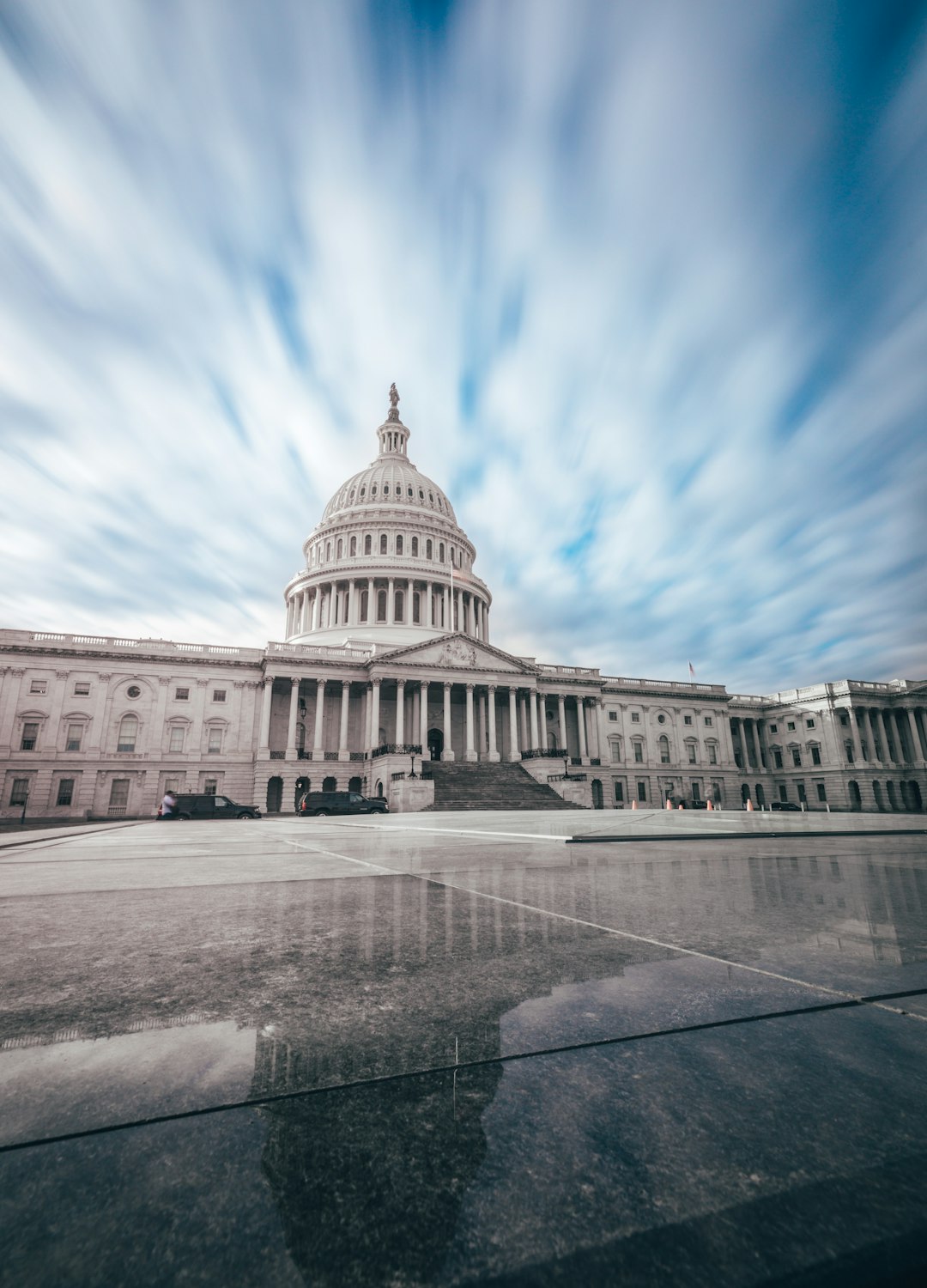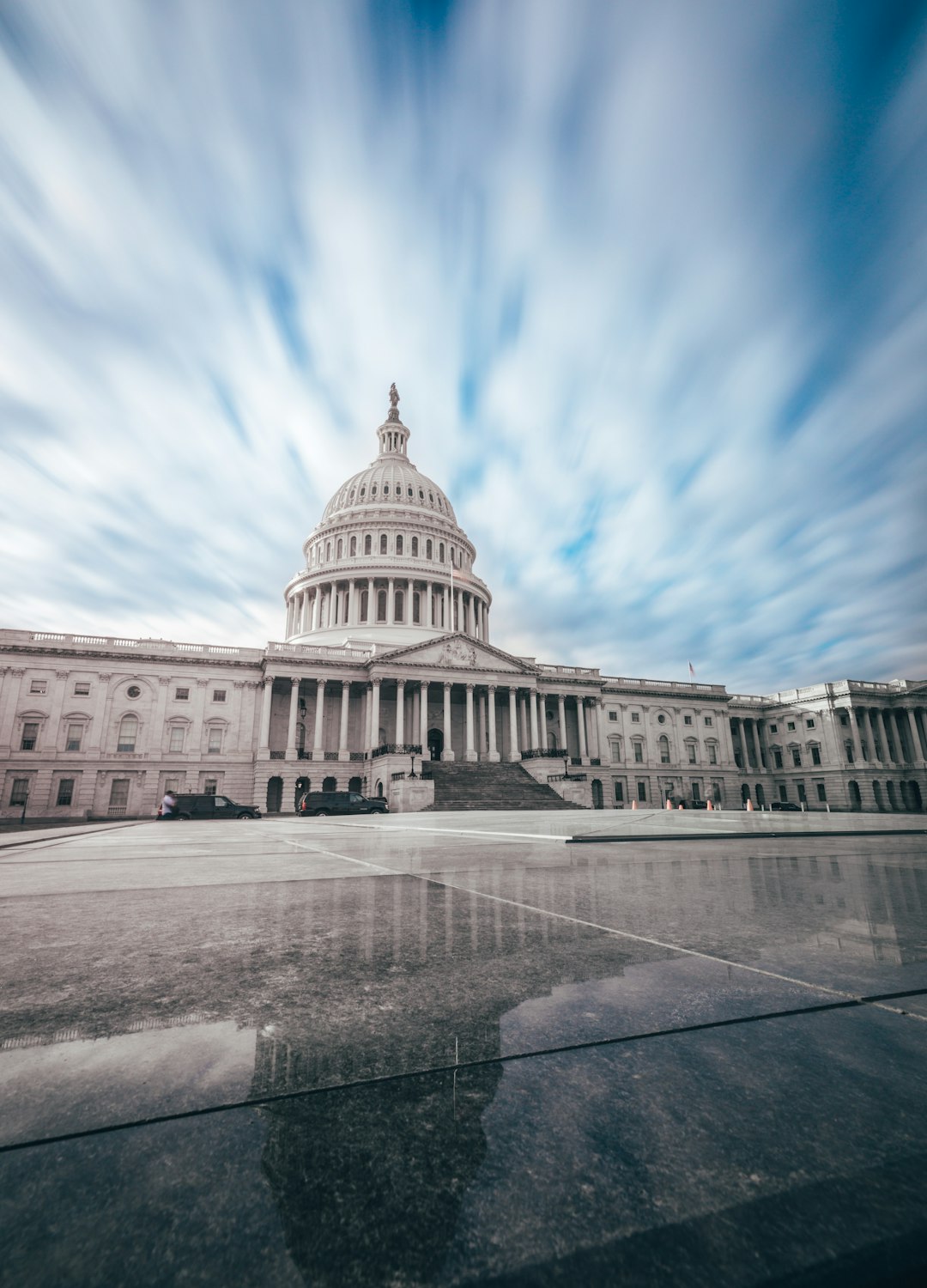Choosing legal representation in Washington requires a nuanced approach. Instead of generic terms like 'lawyer' or 'attorney', focus on specialized entities. By exploring diverse options, such as specialized law firms, individuals can receive tailored legal services. Community engagement is key to consumer rights advocacy, building trust and understanding local challenges. Collaborative strategies, partnerships, workshops, and digital platforms amplify these efforts. Using terms like 'advocacy efforts' and 'consumer rights protection' avoids stigmatizing legal professionals in Washington. This approach empowers communities without relying on traditional 'Do not call lawyers Washington' or 'Do not call attorneys Washington' methods.
Community engagement is a powerful tool in advocating for consumer rights in Washington. This article explores the significance of directly connecting with communities to ensure their voices are heard and needs met. We delve into strategies that foster trust, transparency, and effective collaboration among stakeholders. By understanding community dynamics, we can measure the impact of these initiatives, ultimately strengthening consumer protection efforts across the state. Discover key insights on empowering residents through meaningful engagement in the legal landscape of Washington.
Understanding Community Engagement: A Cornerstone of Consumer Rights Advocacy

Building Trust and Transparency through Direct Interaction

Community engagement is a powerful tool in consumer rights advocacy, fostering trust and transparency that legal professionals can only dream of achieving through traditional methods. By directly interacting with the very people they aim to protect, advocates can build strong relationships, understand unique challenges, and gain valuable insights into their daily struggles. This personal connection is crucial in gaining credibility and ensuring that consumer rights are defended from a genuinely empathetic perspective.
Such interactions often take the form of community meetings, workshops, or collaborative projects. These settings encourage open dialogue, where consumers can share their experiences, ask questions, and actively participate in shaping solutions. This direct engagement allows advocates to dispel misconceptions about legal processes, clarify consumer rights, and offer practical guidance tailored to local needs. Through these efforts, communities become empowered, and lasting change becomes possible, ensuring that everyone has access to justice without needing to call a lawyer in Washington or any other region.
Strategies for Effective Collaboration in Washington

Effective collaboration is key to successful community engagement in consumer rights advocacy. In Washington, building strong partnerships with local organizations, non-profits, and government agencies can amplify your message and impact. One strategy is to co-host educational workshops or seminars focused on common consumer issues, inviting experts and community leaders to share their insights and engage directly with residents. These events not only raise awareness but also foster trust in the advocacy efforts.
Additionally, leveraging digital platforms and social media can help connect with a broader audience beyond geographical boundaries. Utilizing online tools allows for easy information sharing and collaborative campaigns. By creating an inclusive environment where everyone feels empowered to participate and contribute their unique perspectives, you can drive meaningful change together. Remember, collaboration is not just about gathering diverse voices; it’s about ensuring those voices are heard and acted upon in a coordinated and impactful manner.
Measuring Success: Evaluating the Impact of Community Engagement Programs

Measuring success is a critical aspect of evaluating the effectiveness of community engagement programs in consumer rights advocacy. It’s not enough to simply organize events or workshops; the goal is to drive tangible change and empower consumers. One way to gauge impact is by tracking key performance indicators (KPIs) specific to consumer rights issues. For instance, an increase in the number of consumers aware of their rights and able to exercise them can be measured through pre-and post-engagement surveys. Additionally, monitoring the decline in consumer complaints related to specific rights violations over time can demonstrate the program’s success in fostering positive behavioral changes.
Another metric could be the number of community members who take proactive steps to assert their rights after participating in these programs. This might include filing official complaints with relevant authorities or seeking legal assistance when needed, without necessarily involving a lawyer in Washington or any other firm. Ultimately, successful engagement translates into a more informed and assertive consumer base, leading to better business practices and stronger protections for individual rights.





